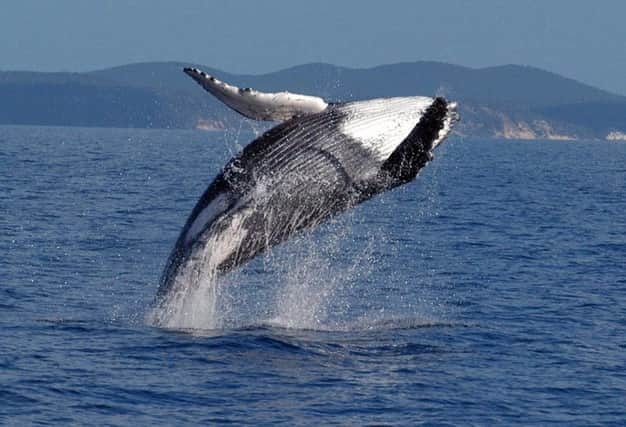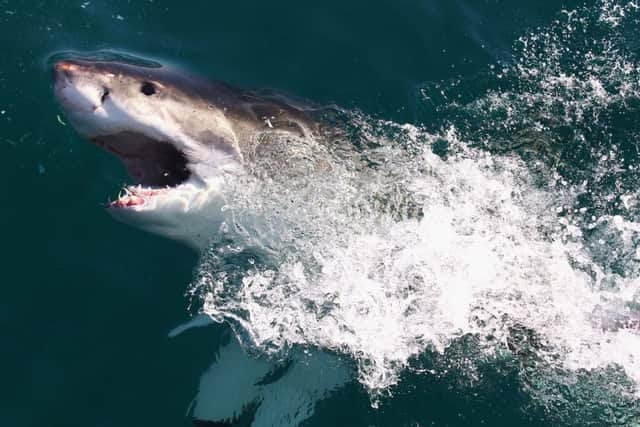Climate shift ‘could cause sea mammal extinction’


Studies by a team of international scientists also found sharks, corals, mussels and clams have the best chances of survival.
They say species living in tropical waters in the Caribbean, Antarctica and Indo-Pacific regions are most vulnerable.
Advertisement
Hide AdAdvertisement
Hide AdThe potential risk to modern marine life was identified by studying the remains of their prehistoric ancestors who lived around 23 million years ago.


Analysis of fossilised remains collected around the world allowed palaeontologists and ecologists from the US, Central America, Canada and Australia to identify the ecosystems most at risk from the effects of global warming and human interference such as overfishing and habitat destruction.
Certain groups were discovered to be more prone to extinction than others, particularly sea mammals, while animals with small geographic ranges are in particularly grave danger.
Invertebrates such as corals and shellfish are more likely to endure, with clams and mussels facing just a tenth of the extinction risk of whales and dolphins.
Lead author Seth Finnegan, from the US University of California Berkeley, said: “Our goal was to diagnose which species are vulnerable in the modern world, using the past as a guide.”
Co-author Aaron O’Dea, a palaeontologist at the Panama-based Smithsonian Tropical Research Institute, added: “Just as some groups of people are more prone to health problems like diabetes or heart disease, we can tell from the fossil record which groups of animals are naturally more likely to go extinct.”
The scientists claim past extinctions can also help pinpoint vulnerable ocean ecosystems that need urgent conservation.
“It’s very difficult to detect extinctions in the modern oceans, but fossils can help fill in the gaps,” according to Canadian conservation biologist Sean Anderson, from Simon Fraser University in British Columbia.
Advertisement
Hide AdAdvertisement
Hide Ad“Our findings can help prioritise areas and species that might be at greater risk.”
The planet during the Miocene era looked much like it does today, with continents arranged similarly and most of the same major taxonomic groups of marine creatures in existence.
However, this epoch experienced dramatic changes in the planet’s climate.
Although the long-term cooling trend that eventually led to glaciations was well under way, there is evidence of a warm period that lasted from around 21 million years ago to 14m years ago – when global temperatures took a sharp drop.
Analysis showed worldwide extinction patterns remained remarkably uniform over this time, with the same groups of animals showing similar rates of disappearance throughout.
The historical extinction patterns were used to help predict which ocean areas and marine organisms would be most in jeopardy today.
The team combined this “intrinsic” vulnerability with threats from human-induced habitat destruction, overfishing, pollution and ocean acidification to create a global map of potential extinction hotspots.
“Life in tropical seas appears to be naturally prone to extinction and is under increasing stress from human activities,” Mr O’Dea said.
“It’s a daunting combination that suggests the great diversity of tropical seas might need much greater protection than it has previously received.”